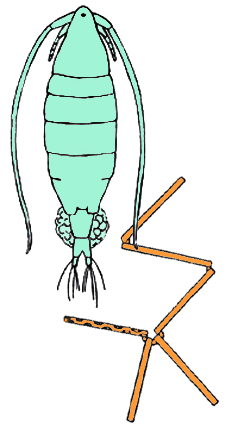The summer cools, the days shorten, and I go into planning mode. This weekend I joined my plankton friend Mike back at Newtown Creek. He ran a plankton tow and I ruminated on how Newtown Creek Alliance and North Brooklyn Boat Club, along with Mike’s institutions (Pace and AMNH) and LaGuardia CC can collaborate on a monitoring program for the long haul.

When dredging occurs on Newtown Creek (for the sludge loading pier as well as for Superfund), it will be increasingly important to understand baseline turbidity and suspended particles in the column…deep thoughts. Deep and anchoring.
Scientific American describes a new model developed at M.I.T.’s Program in Atmospheres, Oceans and Climate. The model tells us that:
If global temperature trends continue, by the end of this century half the population of phytoplankton that existed in any given ocean at the beginning of the century will have disappeared and been replaced by entirely new plankton species.
– Full article by Mark Fischetti.
If only we could get that kind of turnover in Congress, amirite? Ba-dum-dum. Ok, now seriously, it’s the food web we’re talking about.

Background image: NOAA MESA Project

Beebe peeps out from the bathysphere.
In 1934, Otis Barton and Will Beebe set a diving record in a small spherical bathysphere, descending to 3,028 feet. They were pioneers even in today’s context, the first to make direct observations of deep sea wildlife, a realm that remains largely unexplored.
From the small metal orb, Beebe described the appearance of, among many other things, “marine snow”.
Marine snow (also, “sea snow”) is comprised of the falling bits of debris, dead plankton, fecal matter and miscellany that aggregate and sink down into the briny deep. Sea snow delivers the sun energy that is initially captured in the top layers of the ocean (for example, by algae running photosynthesis) into the darkness. This is a prime mechanism of “vertical transport” that sustains deep-sea consumers who might never see the light of day.
Today, scientists attempt to quantify and characterize the snow, as well as the branches of the food web that graze upon it.



